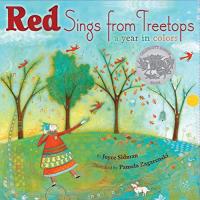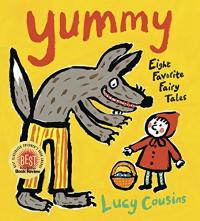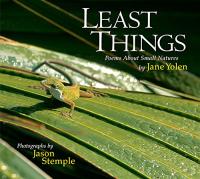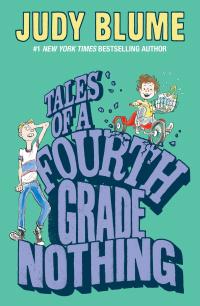Key Information
Focus
When To Use This Strategy
Appropriate Group Size
What is visual imagery?
The visual imagery strategy (also called visualizing or mind pictures) encourages readers to engage their imagination and use sensory details from the text to construct mental images of scenes, characters, events, and concepts. Using visual imagery, students imagine what the characters might see, hear, feel, taste, or smell. The visual imagery strategy is effective for improving comprehension, especially in descriptive texts or literature rich in sensory details.
Why use visual imagery?
- Generating an image while reading requires that the reader be actively engaged with the text.
- Creating mental images while reading can help children better understand and remember what they have read.
How to use visual imagery
Follow these few simple steps to provide practice developing students’ mental images:
- Begin reading. Pause after a few sentences or paragraphs that contain good descriptive information.
- Share the image you’ve created in your mind, and talk about which words from the book helped you “draw” your picture. Children can relate to the setting, the characters, or the actions. By doing this, you are modeling the kind of picture making you want students to do.
- Talk about how these pictures help you understand what’s happening in the story.
- Continue reading. Pause again and share the new image you created. Then ask your students to share what they see, hear, taste, smell, and feel. Ask what words helped them create the mental image and emotions. By doing this, you are providing children with practice with this new skill.
- Are your images identical? Probably not! This is a great time to talk about why your images might be different. Perhaps one child went on a school field trip or had a school assembly that changed the way they created the picture in their mind. Perhaps experiences you’ve had as an adult influenced what you “drew.” These differences are important to understand and respect.
- Read a longer portion of text and continue the sharing process.
- Once this is a familiar skill, encourage your students to use mental imagery when they are reading by themselves.
Watch teacher tips on visualizing
In this video, learn three different tips to help students practice their visualization skills. (Susan Jones Teaching)
Watch teacher presentation on visualizing
Help kids understand their reading by teaching them how to visualize and create mental images in their head of what they are reading and hearing.
Collect resources
From Into the Book (Wisconsin Public Media), lesson plans that help students learn to visualize:
Learn more
Differentiate instruction
For second language learners, students of varying reading skill, and younger learners
- Start with small bits of text. Gradually add more as students get more familiar with the strategy.
- Pair students, or organize them into small groups, for visualization work. Use a strategy like Think-Pair-Share to help students become more comfortable developing mental images.
Extend the learning
Math
Teaching Shapes Using Read-Alouds, Visualization, and Sketch to Stretch from ReadWriteThink encourages strategic reading and real-world math connections. See example ›
Draw a Math Story from ReadWriteThink helps students move from the concrete to the symbolic. See example ›
Art
From the Art Junction website: Suppose you had a hat that would help you think like an artist. What would it look like? How would it work? Try to imagine such a hat in your mind’s eye. Once you have a mental picture of your “artrageous” hat, make it using a paper plate as a base and colored construction paper to create it’s form. It may help to draw a picture of your hat before you start. See example ›
See the research that supports this strategy
Gambrell, L., & Koskinen, P.S. (2002). Imagery: A strategy for enhancing comprehension. In C. C. Block & M. Pressley (Eds.), Comprehension instruction: Research-based best practices (pp. 305-318). New York: Guilford Press.
National Institute of Child Health and Human Development. (2000). Report of the National Reading Panel. Teaching children to read: An evidence-based assessment of the scientific research literature on reading and its implications for reading instruction (NIH Publication No. 00-4769). Washington, DC: U.S. Government Printing Office.
Mental Imagery in Reading: A Sampler of Some Significant Studies
Children’s books to use with this strategy

The Bunnicula Collection: Books 1 to 3

Aesop’s Fables

Where the Mountain Meets the Moon

Red Sings from Treetops: A Year in Colors

Yummy: Eight Favorite Fairy Tales

Least Things: Poems about Small Natures

All the World

